ESSENSEY MULTIVIT PREMIUM FORMULA in 90 caps.
✔ 26 active ingredients
✔ Contains Korean ginseng extract
✔ Vitamin C, D and zinc support immunity [1]
✔ For vegetarians
✔ Easy to swallow capsules
Certified plant:
✔ ISO22000
✔ ISO9001
ESSENSEY MULTIVIT PREMIUM FORMULA dietary supplement contains vitamin C, D and zinc, which help in the proper functioning of the immune system[1]
✔ the dietary supplement contains 26 active ingredients
✔ contains Korean ginseng extract
✔ Vitamin C, D and zinc help in the proper functioning of the immune system [1]
✔ product in the form of easy-to-swallow cellulose capsules
ESSENSEY dietary supplement contains active ingredients that, when taken regularly:
✔ Vitamin C, D and zinc help in the proper functioning of the immune system [1]
✔ Zinc and selenium help maintain healthy nails [1]
✔ Biotin and zinc help maintain healthy hair and skin [1]
✔ Magnesium, riboflavin and vitamin B6 contribute to reducing the feeling of tiredness and fatigue [1]
✔ Vitamin A and zinc help maintain normal vision [1]
✔ Vitamin B6, magnesium and iron contribute to maintaining normal energy metabolism [1]
✔ Thiamine and niacin help in the proper functioning of the nervous system [1]
Nutritional value/Nutritional information: per 2 caps.
- Manganese: 1.8 mg
- Vitamin B12: 2.5 µg
- Vitamin D: 5.0 µg
- Chromium: 40 µg
- Molybdenum: 50 µg
- Biotin: 50µg
- Selenium: 55 µg
- Iodine: 150 µg
- Folic acid: 200 µg
- Vitamin A (µg RE): 800 µg
- Copper: 1.0 µg
- Thiamine (vitamin B1): 1.1 mg
- Riboflavin (vitamin B2): 1.4 mg
- Vitamin B6: 1.4 mg
- CLA (conjugated linoleic acid): 170 mg
- Pantothenic acid: 6.0 mg
- Zinc: 10 mg
- Coenzyme Q10: 10 mg
- Vitamin E (mg α-TE): 12 mg
- Iron: 14 mg
- Niacin (mg NE): 16 mg
- Inositol: 30 mg
- – including hesperidin: 25 mg
- Citrus bioflavonoid extract from bitter orange (Citrus aurantium) [50% hesperidin: 50 mg
- Korean Ginseng Root Extract (Panax ginseng) [10% Ginsenosides]: 60 mg
- – including ginsenosides: 6.0 mg
- Magnesium: 160 mg
- Vitamin C: 160 mg
Ingredients: mineral blend [magnesium oxide; magnesium carbonate; iron (II) fumarate; maltodextrin; zinc oxide; manganese sulfate; copper (II) citrate; potassium iodide; chromium (III) chloride; sodium molybdate; sodium selenate]; vitamin blend [vitamin C (L-ascorbic acid); maltodextrin; niacin (nicotinamide); vitamin E (DL-alpha-tocopheryl acetate); pantothenic acid (calcium D-pantothenate); vitamin B6 (pyridoxine hydrochloride); riboflavin; thiamine (thiamine mononitrate); vitamin A (retinyl acetate); folic acid (pteroylmonoglutamic acid); biotin (D-biotin); vitamin D (cholecalciferol); vitamin B12 (cyanocobalamin)]; calcium salt of conjugated linoleic acid [80% CLA]; capsule shell [glazing agent (hydroxypropylmethylcellulose)]; Korean ginseng extract (Panax ginseng) [10% ginsenosides]; citrus bioflavonoid extract from bitter orange (Citrus aurantium) [50% hesperidin]; anti-caking agent (magnesium salts of fatty acids); inositol; coenzyme Q10 (ubiquinone).
The product may contain: milk, soy, cereals containing gluten, fish and peanuts.
How to use:
Take 1 capsule 2 times daily with an appropriate amount of water, during a meal. The recommended daily dose is 2 capsules.
Vitamin D
Vitamin D is primarily known for supporting immunity and helping to maintain healthy bones and teeth.[1] There are different forms of vitamin D, the most important of which are D2 (ergocalciferol) and D3 (cholecalciferol). D2 is found in some plants, while D3 is synthesized in the skin under the influence of sunlight or is obtained from food, mainly from animal products.[5]
Vitamin C
Vitamin C, also known as ascorbic acid, is a water-soluble compound that plays a key role in many biochemical processes in the body. It is particularly known for its role in supporting the immune system.[1] Additionally, it helps protect cells from oxidative stress.[1]
B vitamins
B vitamins are a group of eight water-soluble vitamins that are important for the proper functioning of the body. Vitamin B1 (thiamine) helps in the proper functioning of the heart [1], vitamin B2 (riboflavin) supports vision [1], vitamin B3 (niacin) supports energy metabolism [1], and pantothenic acid helps maintain proper mental performance [1]. Folic acid supports the proper production of blood cells [1], vitamins B6 and B12 contribute to the reduction of tiredness and fatigue [1], and biotin supports the proper condition of hair. [1]
Vitamin E
It is one of the fat-soluble vitamins that helps protect cells from oxidative stress. [1]
Vitamin A
Vitamin A is a fat-soluble compound that helps the immune system function properly. [1] It also helps maintain normal vision and supports normal iron metabolism. [1]
Magnesium
Magnesium is a particularly important mineral that helps maintain electrolyte balance. [1] It also supports the maintenance of healthy bones and teeth and helps in the proper functioning of muscles. [1]
Iron
Iron is a chemical element that supports the functioning of the human body. It helps in the proper production of red blood cells and hemoglobin, supports the transport of oxygen in the body and the process of cell division. [1]
Zinc
The primary role of zinc is to support the immune system. [1] Additionally, it helps in the proper synthesis of DNA and protein, supports healthy skin, hair and nails, and also helps maintain the proper level of testosterone in the blood. [1]
Manganese
Manganese was discovered by the Swedish chemist Charles Scheele in 1774.[6] It helps protect cells from oxidative stress, contributes to the maintenance of healthy bones and supports normal energy metabolism.[1]
Copper
Copper helps in the proper functioning of the immune system, supports energy metabolism and helps maintain proper pigmentation of hair and skin. [1]
Iodine
Iodine occurs naturally in some foods, such as sea fish, algae, eggs, dairy products, and some vegetables. It is also a common ingredient added to table salt. Iodine helps in the proper production of thyroid hormones and in the proper functioning of the thyroid gland, supports the nervous system, and maintains normal cognitive functions. [1]
Selenium
Selenium is widely known for its role in supporting the proper functioning of the thyroid gland.[1] Additionally, it supports healthy hair and nails, and supports the immune system.[1]
Molybdenum
Molybdenum is a chemical element that contributes to maintaining the proper metabolism of sulfur amino acids. [1]
Chrome
Chromium was discovered in 1797 by French chemist Louis Nicolas Vauquelin. The name “chromium” comes from the Greek word “chrōma”, meaning color, and refers to the different colors of chromium compounds depending on their oxidation state. [7] Chromium contributes to the maintenance of normal macronutrient metabolism and helps maintain normal blood glucose levels. [1]
CLA
Its full name is conjugated linoleic acid. Linoleic acid is a compound classified as omega-6 fatty acids. [4] It occurs naturally in the meat of so-called ruminants and in dairy products.
Korean Ginseng
Korean ginseng, also known as Panax ginseng, is a plant widely known and used in traditional Far Eastern practices. [2] For many years it was considered an extremely luxurious product, and its use was only allowed by the highest-ranking people at the court of the Emperor of China. In the 19th century, the price of dry ginseng root exceeded the value of gold many times over. [2]
Bitter orange
Bitter orange is a plant known and used in traditional Far Eastern practices. The most important compound extracted from bitter orange is synephrine.[9]
Inositol
Inositol, formerly considered vitamin B8, is now classified as a vitamin-like compound. The human body can synthesize it on its own, but it is also supplied in food. [8]
Coenzyme Q10
Coenzyme Q10 is a compound that occurs naturally in the human body.[3] It is sometimes called ubiquinone or vitamin Q, although it is now classified as a vitamin-like compound.[3]
1. COMMISSION REGULATION (EU) No 432/2012 of 16 May 2012 establishing a list of permitted health claims made on foods other than those referring to the reduction of disease risk and to children’s development and health.
2. Wolski T. et al.: The genus Panax – taxonomy, chemical composition, action and use and phytochemical analysis of the above-ground and underground organs of American ginseng – Panax quinquefolium L. Cz. I. Borgis – Postępy Fitoterapii 2/2008, pp. 96-114.
3. Siemieniuk, Ewa, and Elżbieta Skrzydlewska. “Coenzyme Q10–biosynthesis and biological significance in animal and human organisms.” Progress in Hygiene and Experimental Medicine 59 (2005).
4. Czochralska-Duszyńska, Agata, et al. “Conjugated linoleic acids in the therapy of selected diseases—facts and controversies.” Metabolic Disorders Forum. Vol. 6. No. 1. 2015.
5. Dittfeld, Anna, et al. “Multidirectional action of vitamin D.” Annales Academiae Medicae Silesiensis. Vol. 68. No. 1. Silesian Medical University in Katowice, 2014.
6. Kołomański, Jakub, and Cezary Wegenko. “CHARACTERIZATION OF MANGANESE AND ITS COMPOUNDS AT DIFFERENT OXIDATION STATES WITH PARTICULAR REFERENCE TO POTASSIUM MANGANESE(VII)ATE.” Acta Juvenum vol 3 (2018): 103-108.
7. Piotrowska, AJ, Pilch, W., Tota, Ł., & Nowak, G. (2018). Biological importance of chromium III for the human body. Occupational Medicine, 69(2).
8. Pajtel, Kornelia, and Marta Pelczyńska. “The use of inositol in the light of the latest scientific research.” Metabolic Disorders Forum. Vol. 13. No. 1. 2022.
9. Stohs SJ, Preuss HG, Shara M. A review of the human clinical studies involving Citrus aurantium (bitter orange) extract and its primary protoalkaloid p-synephrine. Int J Med Sci. 2012;9(7):527-38.


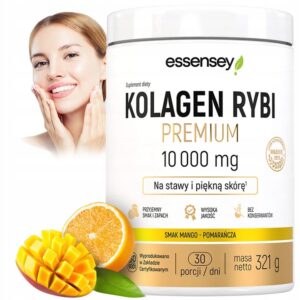


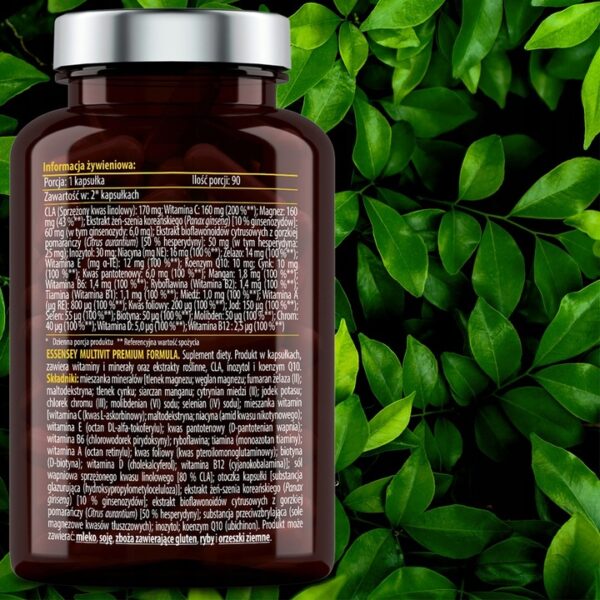

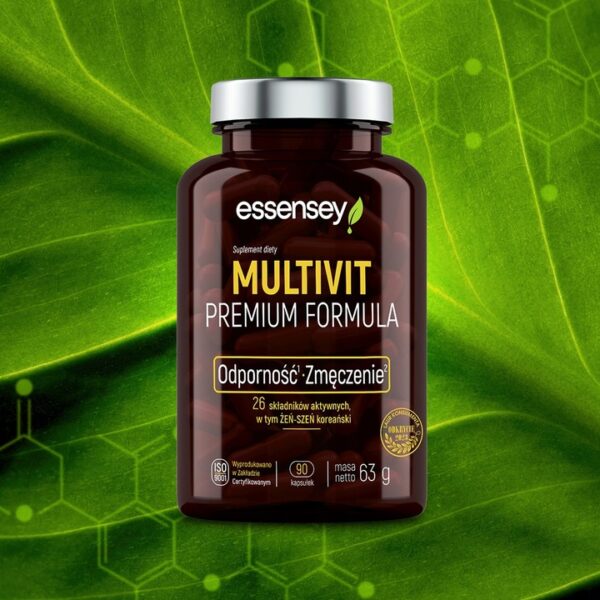
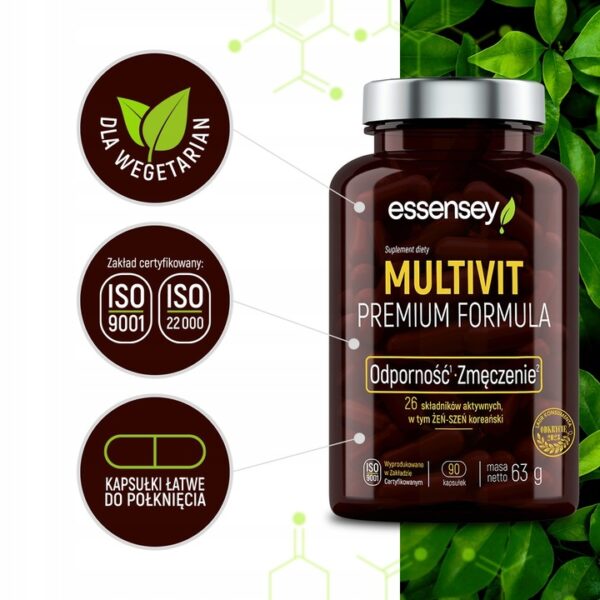
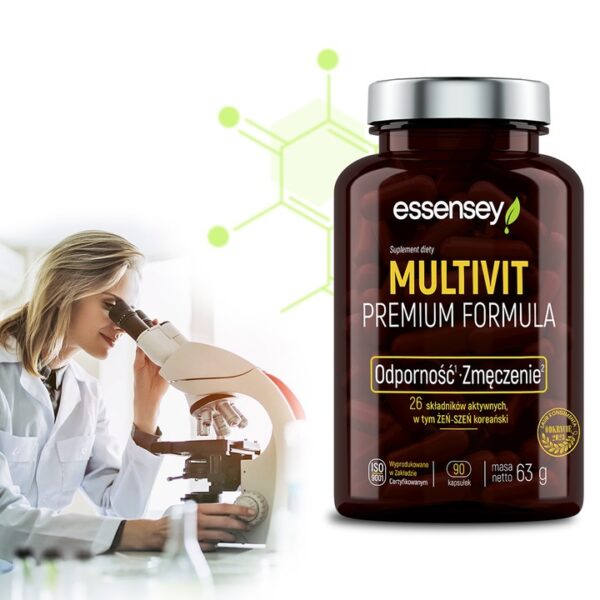



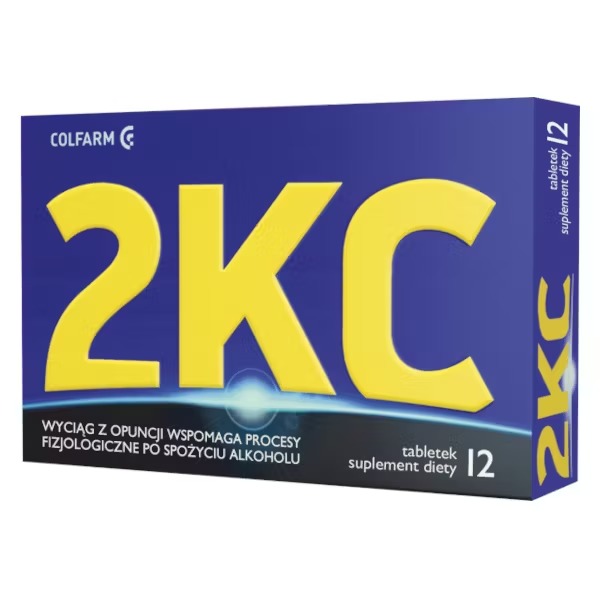
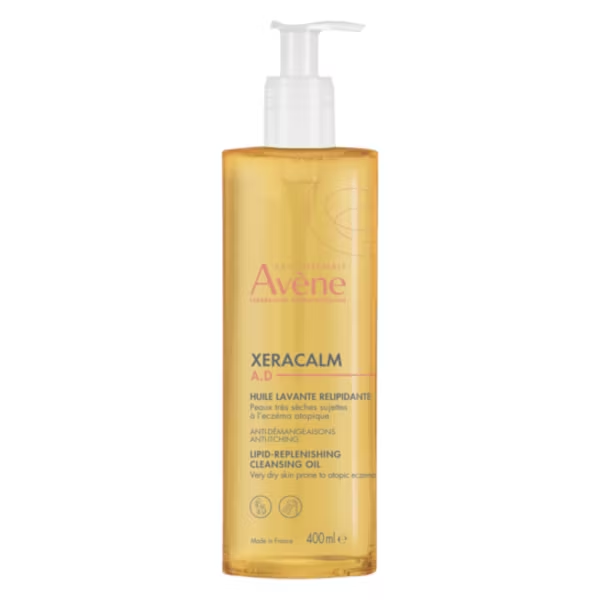













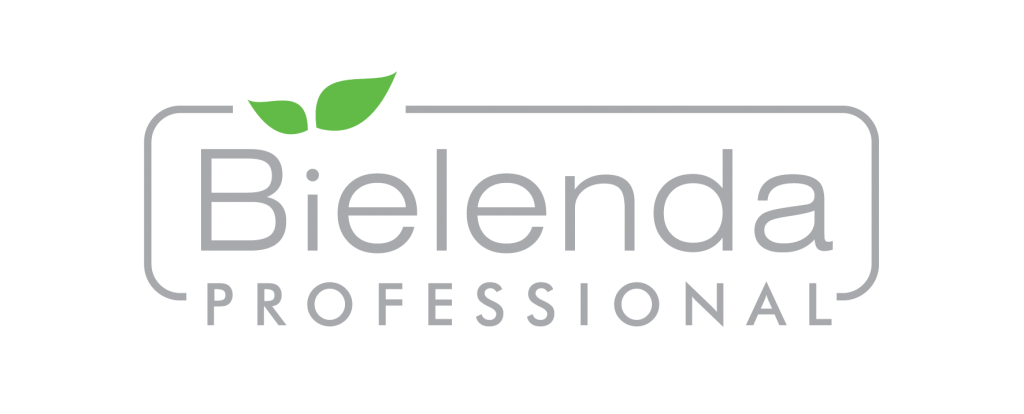














Reviews
Clear filtersThere are no reviews yet.